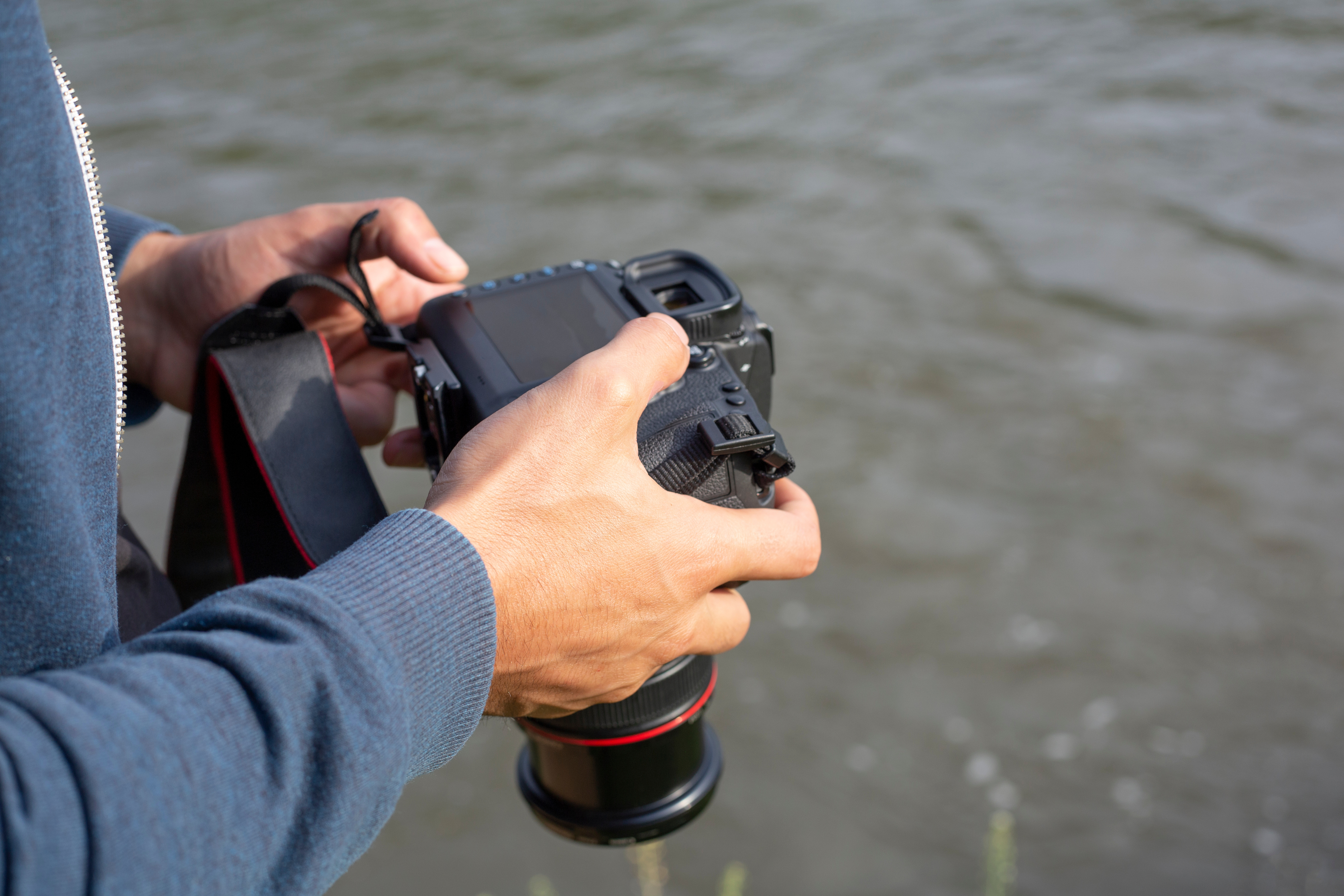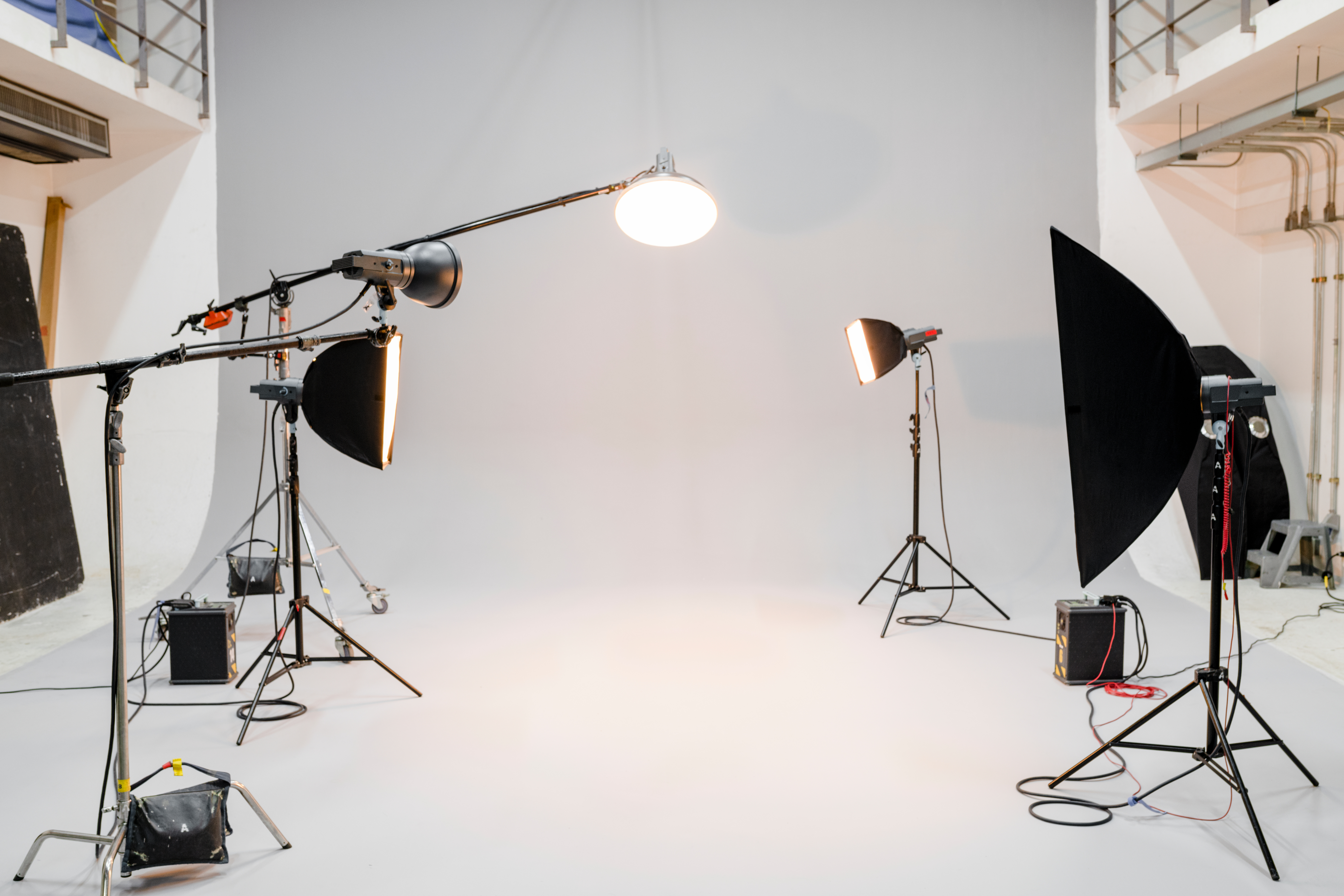
How to Protect Your Camera Gear from Hot Weather
By Anna Jones at Eversure,
2nd July 2025, 15 min read
Vibrant colours, longer days and happier faces, summer comes with an abundance of fantastic photo opportunities. However, a successful summertime shoot assumes your camera equipment can handle the heat.
Protecting your camera from the heat is essential to ensuring optimal performance and so photographing in a hotter climate requires a bit more preparation and knowledge beyond grabbing your camera and heading outside or to the studio – amateur or professional.
This guide goes through the key considerations for keeping your camera cool so you’re able to prevent hot weather from negatively impacting your shoot.
Optimise Your Shooting Schedule
The first way to protect your camera from the heat is to plan your shoot around the day’s temperature. Early morning summer haze, golden hour, and sunsets are not just the coolest parts of the day; they’re also some of the most compositionally rewarding times to shoot. If possible, avoid the heat of the midday sun to keep both you and your camera kit safe.
Most manufacturers list the recommended operating temperatures and humidity limits, so it’s worth checking your manual to ensure you’re aware of your camera’s safe limits. Typically, DSLRs aren’t able to cope with anything over 37 °C and above 85% humidity.
How to Keep Your Camera Cool

Sometimes shooting in the heat of the day is unavoidable. It’s worth preparing if you know you’ll be photographing at this time.
If possible, keep your camera out of direct sunlight by standing in the natural shade, under an umbrella or by investing in a shade umbrella. You can also get camera cooling fans that mount onto the actual camera body.
For longer outdoor shoots, consider investing in a gazebo. They’re easy to set up, easy to move around and provide consistent shade not only for your camera equipment but also for yourself.
You can wrap a cool, damp cloth around the camera body, but make sure to avoid any vents and openings to allow the air to circulate. Gel or ice packs work too, but wrap your camera in the towel first, then tuck the packs into the folds. This will mean the moisture from the packs won’t touch your camera, and it will stay cool and dry.
A towel can also be useful if you’re near water or at the beach and your camera gets splashed. Don’t wipe your lens with a towel though; use a lens cloth to avoid scratches. If the towel is white, drape it over the camera, again allowing air to circulate around the vents, the white colour will help to reflect the heat of the sun away.
Avoid leaving the camera in stand-by mode; power it down completely. Your camera's stand-by mode is still generating heat, so if you’re taking a break to let your camera cool down, not powering it down completely would be slightly counterintuitive.
If you have two camera bodies, consider using them rotationally. Place the unused one in a shaded, but not completely cold, place so it’s ready for when you need it. This means you’ll always have a cool camera at the ready if the one you’re using currently needs a breather.
Batteries
You may be aware that the cold can impact battery life, but did you know that the heat can do the same? Heat accelerates the chemical reactions happening inside a lithium-ion battery causing them to drain a lot faster. The heat can also lead to physical damage like swelling or leaking which is permanently damaging.
A solution is to use external batteries. External batteries work by connecting to a dummy battery plugged into the camera’s battery compartment, or through a USB-C cable to an external battery pack. They typically have a longer runtime - a bonus. Using these does require you to have a nearby power outlet, so not the best for shoots on remote locations.
If an external battery is not an option for you, make sure to consistently check the temperature of your battery and switch them out frequently to avoid overheating. Carry spare batteries and store them in a cool place will mean you have plenty of fresh, cool batteries to hand when you need them. This will allow your shoot to last all day without interruption.
To prevent your battery from overheating inside your camera body, you can leave the battery door open. This allows some heat to escape, just be mindful of dust and debris, particularly if you’re at the beach.
Lenses
The outside of your camera is usually warmer than the inside meaning that taking the lens off can invite condensation and moisture to form on the sensor – if it does, this potentially very damaging.
It’s likely that at some point your lens will fog up from heat and humidity. Use a microfibre cloth to gently wipe away the moisture to avoid scratches.
Acclimatise Your Camera
Sudden changes in temperature can cause condensation to form inside your camera, causing damage to the sensitive components of your camera like the lens, sensor and electronics. Moisture building up inside and out can lead to fogged lenses and, in extreme situations, mould which would seriously impact the quality of your photos.
If your camera has been kept cool in an air-conditioned room, we recommend sealing it inside a Ziploc bag before you go outside. You need to let your camera come up to temperature gradually, the Ziploc bag should prevent moisture forming inside.
Utilising a camera bag is an excellent way to control the transition from cold to hot. Add a few silica gel packets inside to absorb additional moisture, place your camera inside the Ziploc bag inside and place the camera bag in a shaded spot. This will allow your gear to safely acclimate to the warm, humid air. When you’re coming into the cool indoors from the heat, you’ll need to do the reverse. Slowly let your warm gear cool.

Dealing with the Heat in a Photography Studio
It can still get hot indoors so make sure you have a fan or an air conditioning unit running. Have something to this effect pointing in your direction, not only for your own benefit but also for the benefit of your camera.
Studio lights can get very hot, potentially unbearable if it’s hot outside. Try keeping lights off and experiment with only using your camera’s flash. Use the bright sun to your advantage and get some excellent photos using natural light. Use reflectors for a fill-in light as a replacement for a flashgun.
If you can only see the studio lights working for you, make sure to take regular breaks.
Heat Resistant Camera Bags
When searching for the best heat-resistant camera bag, you should be looking for bags made from heat-resistant and insulated materials. These will help shield your camera from direct sunlight as the material acts as a barrier therefore reducing the amount of heat that reaches your equipment. Some also have reflective outer layers to reflect the sunlight away helping things remain cool inside – another element to consider.
Adjust Your Camera Settings to Keep It Cool
By adjusting your camera settings and decreasing the amount of work it needs to do, you’ll be able to minimise the amount of heat the camera produces. Some adjustments you could make are:
- Reducing continuous shooting mode – fewer rapid-fire images will mean there is less strain on the processor
- Lower video resolution and frame rates – try recording at 1080p/30fps instead of 4K+ at 60/120fps
- Lowering your ISO – a low ISO is generally sufficient in bright light so this shouldn’t be a problem
- Adjusting the shutter speed to suit the light
- Closing the aperture if you don’t need a shallow depth of field
- Turn off image stabilisation (IBIS/OIS) if you don’t need it or are using a tripod
- Manually focus your image to reduce the processor workload
Symptoms Your Camera is Overheating
The main symptom that your camera is overheating will come from a warning message. Other indicators your camera is too hot includes unexpected shutdowns, lagging or slow performance, and feeling unusually hot to the touch.
Extreme heat can be seriously detrimental if you don’t intervene. Plastic components could begin to warp and melt, your sensor could suffer damage, and the battery may swell or leak – just a few of the risks that come with overheating.
Components most likely to overheat are the batteries, the image sensor and the LCD screen, so managing their heat is crucial to keep your camera running smoothly. To reduce the strain on your LCD consider using an external monitor, or utilising the viewfinder. This will help prevent the LCD from overheating. Alternatively, if your LCD screen flips out, then flip it out! This will improve the airflow around the camera body, allowing heat to dissipate and reduce it building up internally.
Keep Cool
Not only can the heat be harmful to your camera – it can also affect you too! Stay hydrated, take breaks in the shade if you’re shooting in the direct sunlight, wear a hat, sunglasses and a high SPF suncream.
Camera Insurance
Heatwave or holiday, camera insurance from Eversure has your back and is designed for amateurs and professionals. With optional worldwide cover for up to 30, 60, 90 or 120 days, you can shoot with confidence wherever your camera takes you. Get peace of mind today to stop worrying about risks and focus your energy on your work.
Final Thoughts
With the right know-how, you can safeguard your equipment. From acclimatising your camera, reducing internal heat to using the shade, these small adjustments can have a big impact.
If you want some creative inspiration for your summer shoots, read our guide here.